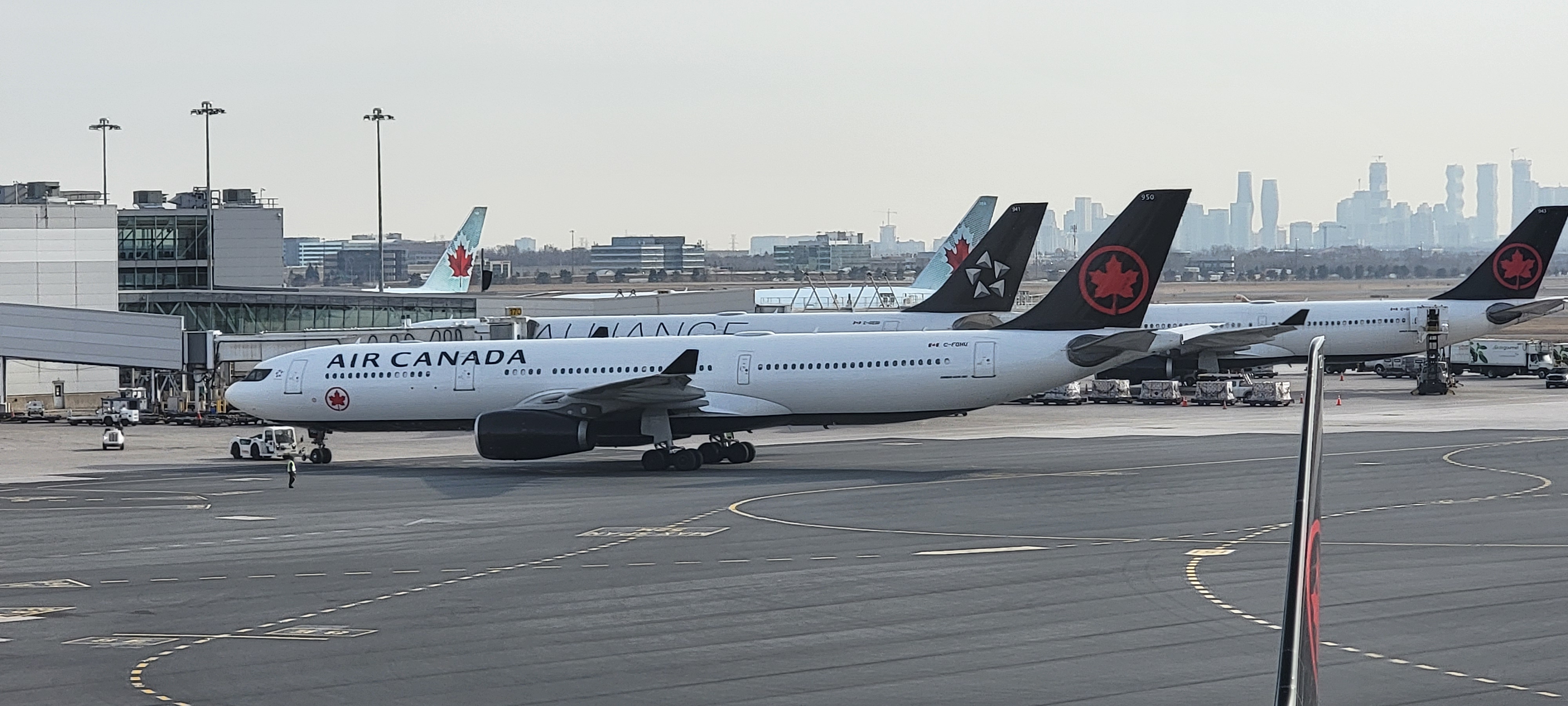
The Great US-Canada Travel Mystery: Separating Fact from Fiction
The internet is ablaze with alarming headlines: US-Canada air travel is plummeting, bookings are down a staggering 70%! Panic ensues. Are Canadians boycotting the US? Have new tariffs crippled cross-border travel? Is this a sign of a broader economic downturn? The truth, as is often the case, is far more nuanced than the sensationalist headlines suggest.
While it’s undeniable that US-Canada air travel is currently experiencing a slowdown, the dramatic 70% figure is a gross oversimplification, if not outright misleading. Such a drastic drop would be comparable to the near-total collapse of air travel seen at the height of the pandemic, a scenario simply not reflected in current reality.
So, what’s really happening? The situation is complex, and a single, easily digestible number simply won’t suffice. Several factors are at play, combining to create the impression of a much larger decline than is actually occurring. One significant factor is the timing of data collection. Many reports fail to account for the natural fluctuations in travel patterns throughout the year. Certain periods, such as the off-season, naturally see reduced bookings compared to peak travel times. Comparing current bookings solely to peak seasons can artificially inflate the perceived decline.
Furthermore, the way data is aggregated matters greatly. Focusing solely on advance bookings paints an incomplete picture. Many travelers, particularly those booking last-minute trips or those using alternative transportation methods, aren’t reflected in these advance booking statistics. This is especially true given the rise of budget airlines and the increasing popularity of ground transportation for shorter distances.
There’s also the matter of economic conditions. A slowing economy on both sides of the border naturally impacts travel choices. Rising inflation, uncertainty in the job market, and increased cost of living are all deterrents to discretionary spending, and international travel is often the first to be cut. This reduced demand is contributing to the decline in bookings, but it doesn’t represent a sudden collapse.
Another issue lies in the interpretation of available data. While some sources highlight a drop in bookings, they often fail to provide crucial context. Are these declines consistent across all airlines and routes? Are certain regions more affected than others? Are there specific timeframes, such as weekdays versus weekends, that show different trends? Without this detailed analysis, it’s impossible to draw accurate conclusions.
In conclusion, while the recent slowdown in US-Canada air travel is certainly noteworthy and warrants further investigation, the sensationalized “70% decline” is a misrepresentation of the complex reality. A more thorough examination of the data, accounting for seasonal variations, different booking methods, economic influences, and regional disparities, is needed to gain a complete understanding of the situation. Simply put: before you panic about a travel apocalypse, remember to always check the fine print – and the actual numbers.



Leave a Reply